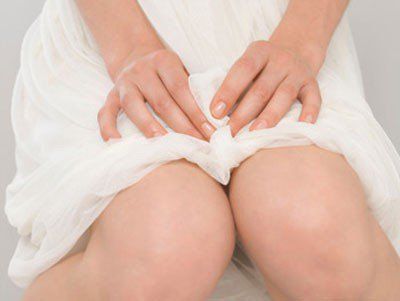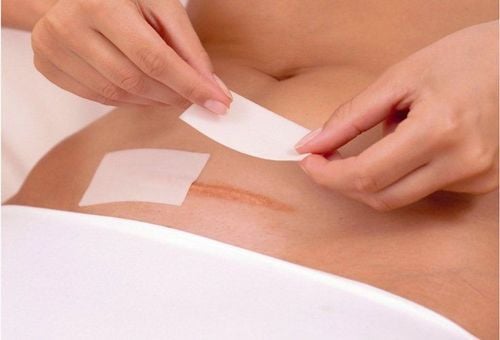The article is professionally consulted by MSc, MD Le Nhat Nguyen - Department of Obstetrics and Gynecology - Vinmec Da Nang International General Hospital.
Postpartum wound infection is a condition that occurs after cesarean or vaginal delivery at the site of the surgical incision or perineal laceration. Therefore, to minimize the risk of complications from wound infection after delivery, the following article will provide guidance for mothers on self-care after both vaginal and cesarean births.
1. Postpartum care for perineal incisions after vaginal delivery.
After a perineal incision, the doctor or midwife will suture the perineum by closing the wound. The sutures are typically black but may vary in color. You may observe the sutures in the area between the vulva and the anus.
Typically, the doctor will use absorbable sutures to close the perineum, and these sutures will dissolve on their own within 2 to 4 weeks.
The sutures in the perineum usually begin to dissolve within a few days and disappear after one or two weeks. You may notice remnants of the stitches (appearing as small black dots left on toilet paper) when performing perineal hygiene to prevent postpartum infections.
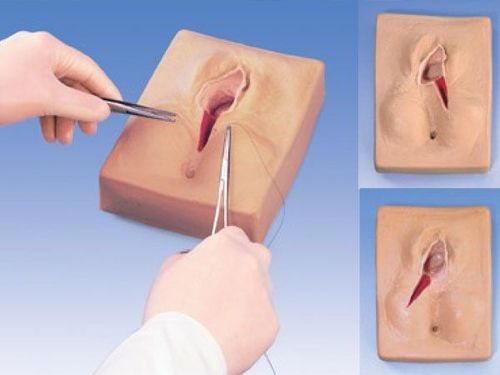
2. Instructions for perineal sutures care
After being discharged and returning home, you may experience discomfort in the perineal region. You may experience a persistent pain or sharp sensations, and you might occasionally have episodes of acute discomfort.
You can alleviate this discomfort by applying ice packs during the first one or two days, especially if the wound is still swollen and red. The skin in this area is very sensitive. Some mothers prefer to apply a perineal ice pack soaked in witch hazel, frozen, and then placed on their underwear for added comfort.
The most important aspect is to keep your perineal area clean. Start this immediately upon returning home by using a spray bottle filled with warm water to cleanse the area each time you bathe. Gently pat the area dry instead of wiping to avoid disrupting the sutures.
Here are some additional helpful tips to maintain cleanliness in the genital area postpartum:
- Avoid using tampons for the first six weeks after delivery.
- Purchase a shallow sitz bath that fits over the toilet seat, allowing you to soak the sutures for cleaning and pain relief. Remember not to soak in warm water until at least 24 hours after delivery.
- Change sanitary pads every 2 to 4 hours.
- Select medicated cooling pads available for hemorrhoids to help relieve pain. It is advisable to seek products that are hypoallergenic, pH-balanced and fragrance-free.
- Acquire a numbing spray specifically designed for postpartum use, which is commonly available at most pharmacies. Lidocaine gel may also be beneficial.
- Prevent constipation by increasing your water and fiber intake. Consult your doctor about using stool softeners and laxatives as needed.
- Take over-the-counter analgesics such as Motrin (ibuprofen) to help relieve discomfort.
- Use antibacterial hand sanitizer before cleaning the perineal area (this helps prevent transferring bacteria from your hands to the perineum).
- Use baby wipes instead of toilet paper to reduce irritation from friction.
- Use a hairdryer on a low setting if you have difficulty drying the wound. Keep the dryer at least 8 inches away from your skin.
- Wipe from front to back to avoid transferring bacteria from the anal area to the vaginal area.
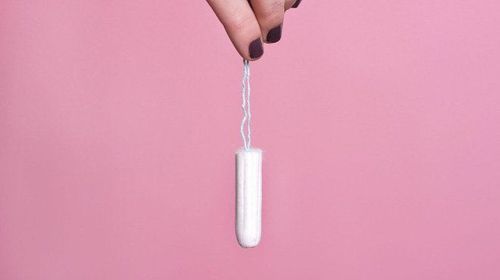
3. When should you seek medical attention?
Similar to all types of surgery, infection can occur following an episiotomy. Contact your doctor or proceed to the emergency department if you experience any signs of infection such as:
- A fever of 100°F or higher
- Foul-smelling and/or discolored discharge
- Redness and swelling around the sutures
- Severe pain at the incision site
- Visible pus around or within the wound
Be aware that, aside from infection, there are other complications that may arise after an episiotomy, some of which can be serious. If you experience any unusual or concerning symptoms, do not hesitate to contact your physician.
4. Postoperative care for cesarean section
In a cesarean section, the surgeon makes two incisions: The first incision goes through the lower abdominal skin, approximately one to two inches above the pubic hairline. The second incision is made into the uterus, which is where the surgeon will access to deliver the baby. The abdominal incision may not resemble the uterine incision. There are two types of cesarean sections:
- Transverse incision: A low horizontal incision (or "bikini cut") is used in 95% of cesarean deliveries today. This is because it is performed on the lower segment of the uterus, where the tissue is thinner, resulting in less bleeding.
- Vertical incision: Also known as a "classical" cesarean section, this incision runs vertically down the middle of the abdomen, typically from below the navel to the pubic hairline. This technique was more common in the past but is now reserved for specific cases, such as if there is a scar from previous surgery in that area, if the baby is positioned low in the uterus or in an abnormal position, or in emergency situations requiring immediate delivery (e.g., severe fetal distress or significant bleeding due to placenta previa). Vertical incisions may be slightly more painful and require a longer recovery time.
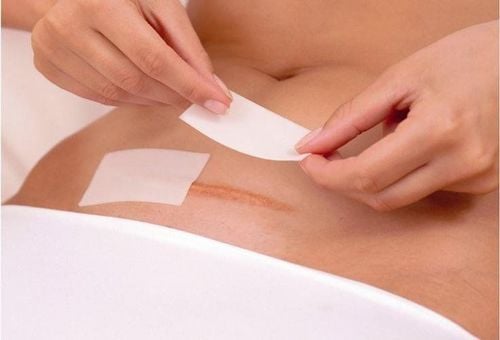
5. Postoperative care for cesarean section
Following these guidelines will help your cesarean incision heal more quickly:
- Keep the incision clean: Once a day (when you shower), allow soapy water to run over the wound. There is no need for waterproofing, and you should avoid vigorous scrubbing. Afterward, gently pat the area dry with a clean towel.
- Use ointment and dress the incision: Some doctors recommend applying topical antibiotic ointment or a lubricant and lightly dressing the wound; however, others suggest it is better to leave it uncovered to allow for air circulation. Therefore, you should follow your doctor's advice regarding what is best for your incision.
- Expose the incision to air: Air promotes the healing of skin wounds, so whenever possible, allow your scar to be exposed to the air. This doesn’t mean you need to go without clothing; wearing a loose robe at night is sufficient for airflow.
- Postpartum check-up: If your incision was closed with non-dissolvable sutures, remember to attend your postpartum follow-up appointments so that your doctor can remove these stitches. Leaving sutures in longer than recommended can lead to unsightly scarring. The American College of Obstetricians and Gynecologists (ACOG) now recommends that the first postpartum visit occur within three weeks after delivery, rather than the four to six weeks previously suggested. Additionally, mothers should have a comprehensive check-up within 12 weeks postpartum. For cesarean deliveries, the timing and frequency of follow-up visits may vary, so discuss with your doctor when you should schedule your postpartum check-up.
- Avoid exercise: You need to allow time for the incisions on your uterus and abdomen to heal. Therefore, avoid bending, twisting, or sudden movements, and do not lift anything heavier than your baby. If you wish to exercise, consult your doctor about when it is safe to begin and which exercises are appropriate for you.
- Walking: Just because you cannot exercise right now does not mean you cannot stay active. In fact, walking helps increase blood flow, which facilitates wound healing and reduces the risk of developing deep vein thrombosis (DVT), a blood clot that is more common during pregnancy and the postpartum period. As soon as you have the opportunity, place your baby in a stroller and take a walk around your neighborhood.
6. When to see the doctor after a cesarean section?
If you experience any of the following symptoms, contact your doctor immediately:
- The incision or surrounding skin is red or swollen
- Fever higher than 100,4°F
- Drainage or discharge from the incision site
- Foul odor from the incision
- The incision becomes indurated or you feel increasing pain around the incision
- Pain is worsening
- Your incision has opened up
Please dial HOTLINE for more information or register for an appointment HERE. Download MyVinmec app to make appointments faster and to manage your bookings easily.
Reference source: whattoexpect.com
To arrange an appointment, please call HOTLINE or make your reservation directly HERE. You may also download the MyVinmec app to schedule appointments faster and manage your reservations more conveniently.

